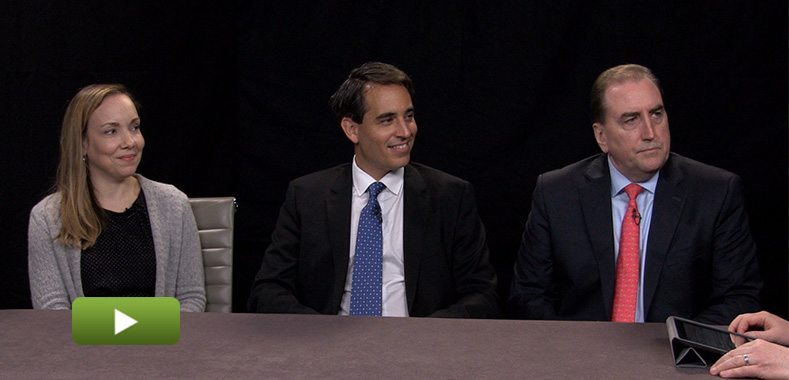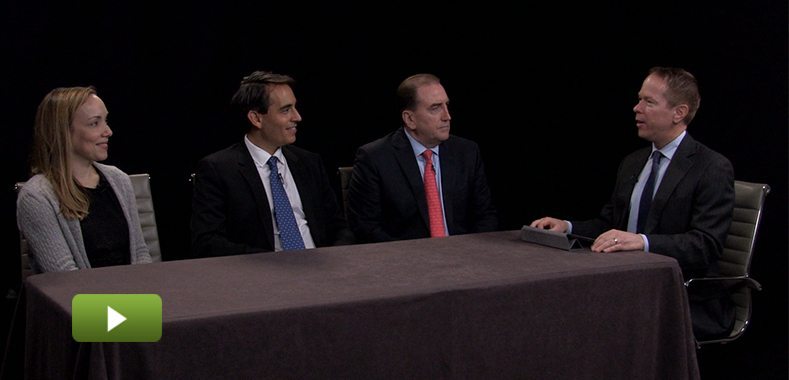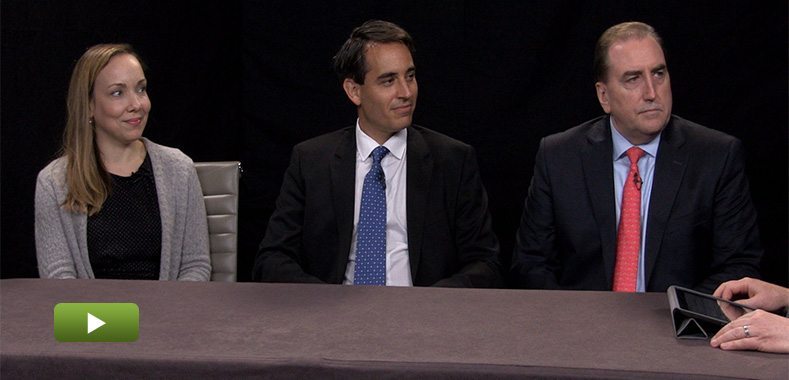How ESG Drives Company Performance
How can private equity firms realize real improvements in their portfolio companies via environmental, social and governance initiatives? An ESG expert from EY discusses the creation of customized KPIs as well as due diligence screening based on ESG principles.
Transcript Download Transcript
How ESG Drives Company Performance
With Dan Mistler of EY
Q1: Why should a private equity firm consider developing an ESG program?
Dan Mistler, EY:
Number one: there’s money in it. And two: there are other benefits beside that. Right away, there is better risk management. There are value-creation opportunities and there’s better stakeholder relations around having an ESG policy, looking at these impacts and disclosing or reporting what they mean to your stakeholders.
As the industry has gotten better at making the business case for these initiatives, there are lots of firms that we’re engaging with that don’t necessarily have that kind of pressure, but are looking to take a step into this because they see that there can be a risk-management or value-creation opportunity there.
Q2: Do you see evidence of ESG gaining traction as an opportunity that needs to be taken seriously?
Mistler: There’s a sense that this is happening fast. There’s a sense that ESG is a hot issue now. Part of the identity of ESG is changing from something that felt fluffy before to something that funds can really make money with.
Q3: Can you give an example of a Key Performance Indicator measuring the impact of ESG?
Mistler: There are different types of retail. For most retail, you take lighting and HVAC as two of the big drivers in energy management. You take food retail, refrigeration, lighting and HVAC. So, if you’re a fund manager and you’re looking at a target, you can start in the acquisition process to look at those KPIs across the portfolio of assets that the target will have and say, “What is the average energy spend and their average energy spend across the portfolio? What’s it like for lighting and for HVAC and for refrigeration?” And [you] start to put together the case: can we have a better strategy going forward? How close are they in the states where the assets are to getting tax credits for what they could do? [You could] really make a savings business case that way.
Q4: What are some examples of risks that an ESG program would screen for in due diligence?
Mistler: We think of it as being five basic pillars. The first is regulation, which can be hard and soft regulation, but it’s the rules of game external to the target. That can be environmental compliance; it could be tax. It’s the whole compliance regime. Then, there’s people, which is everything related to workers, [including] worker health and safety, diversity and inclusion and retention—all the worker or employee-related issues. Then, it’s social responsibility, which is community affairs and human rights and general environmental and social impacts on communities.
Then, it’s business practices, which are bribery and corruption and fraud, whistleblowing, culture and tone at the top, as well as environmental and social—the management system inside the target on environment and social issues. Last is IT, which is cybersecurity and data privacy and the data, the IT system, behind that environmental and social management system I mentioned in the business practices.










